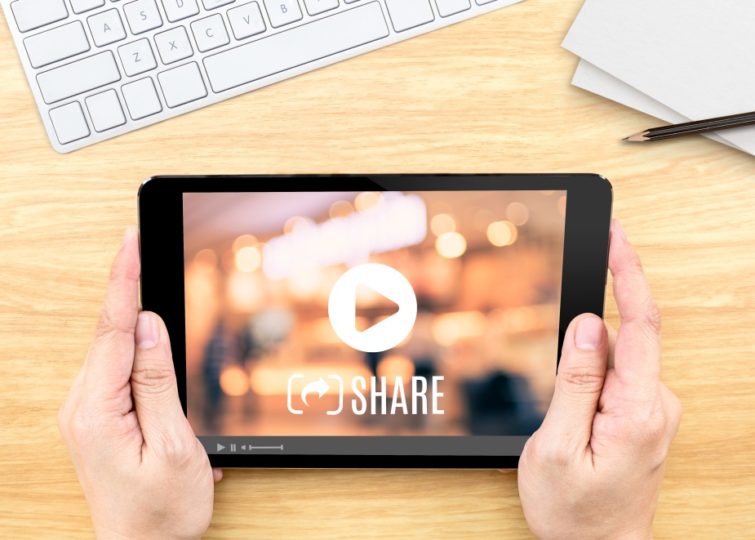Video has clearly captivated online audiences to become king of digital content. The appetite for video is voracious. On Facebook alone, daily video views doubled from 4 billion to 8 billion daily views per day from April to November 2015. Cisco predicts 80% of all Internet traffic will be streaming video content by 2019. YouTube is the second largest search engine on the Web and reports mobile video consumption rises 100% every year. It’s not surprising that 2016 has been dubbed the Year of Video Marketing.
Quality videos will drive website traffic, put a “face” on your brand’s messaging, and boost your bottom line, adding power and credibility to your organization.
From the beginning of time, humans have used images in the form of cave drawings, hieroglyphics, and paintings to tell their story. We are visual creatures. Approximately 90% of information sent to the brain is visual and the brain processes images 60,000 times faster than words.
If picture is worth a thousand words, how much would video be worth? Approximately 1.8 million words for one minute of video, according to Dr. James L. McQuivey. With dramatic, moving images layered with music and dialogue, video is a multi-dimensional storytelling experience. It is, arguably, the most powerful communication tool to engage your audience and tell your brand’s story.
Some healthcare executives may dismiss video as relevant to only consumers, but this notion is simply not supported by existing data. According to HubSpot:
- 75% of executives watch work-related videos on business websites at least once a week
- 96% of B2B organizations use video in some capacity in their marketing campaigns to which 73% report positive results to their ROI
- 50% of executives look for more information after seeing a product/service in a video
- 65% of executives visit the marketer’s website and 39% call a vendor after viewing a video
- Video in an email leads to 200-300% increase in click-through rate
It is evident that video’s influence is far-reaching. Businesses have taken notice and are investing accordingly.
Video has moved beyond viral content and home videos posted on YouTube. Video can be packaged in various formats — from low cost, do-it-yourself video blogs to sophisticated corporate promotional ads. Regardless of how it’s packaged, you must first have a clear understanding of your audience’s needs and pain points. The goal is to provide strategic, targeted content that is valuable to your audience.
In healthcare, both patients and healthcare practitioners want to hear from people like them – patients struggling with the same illness or doctors practicing in the same specialty. Physicians, in particular, especially value peer-to-peer communication.
Here are some examples of videos that resonate with healthcare audiences:
- Patient stories or testimonials to emotionally connect with audiences
- Healthcare tips or “how-to” guides
- Explainer or tutorial videos on complex procedures
- Thought leader interviews on industry trends, legislation, technology innovation
- Case studies on implementation of a new hospital program
- Live and on-demand webinars
The excerpt above is from our new e-book which can be downloaded by clicking on the link below.
If you’re in healthcare, insurance, technology or other professional services industries, and need help with a PR, marketing or social media campaign, contact Scott Public Relations.
Download our e-book, “The C-Suite Asks, We Answer: The Top 6 Questions About Healthcare PR.”
Like what you’ve read? Follow Scott Public Relations on LinkedIn, Twitter, Facebook, Pinterest, and Google+.
Sign up to receive our monthly advice on healthcare, insurance and technology PR: Scott Public Relations.






Leave A Comment